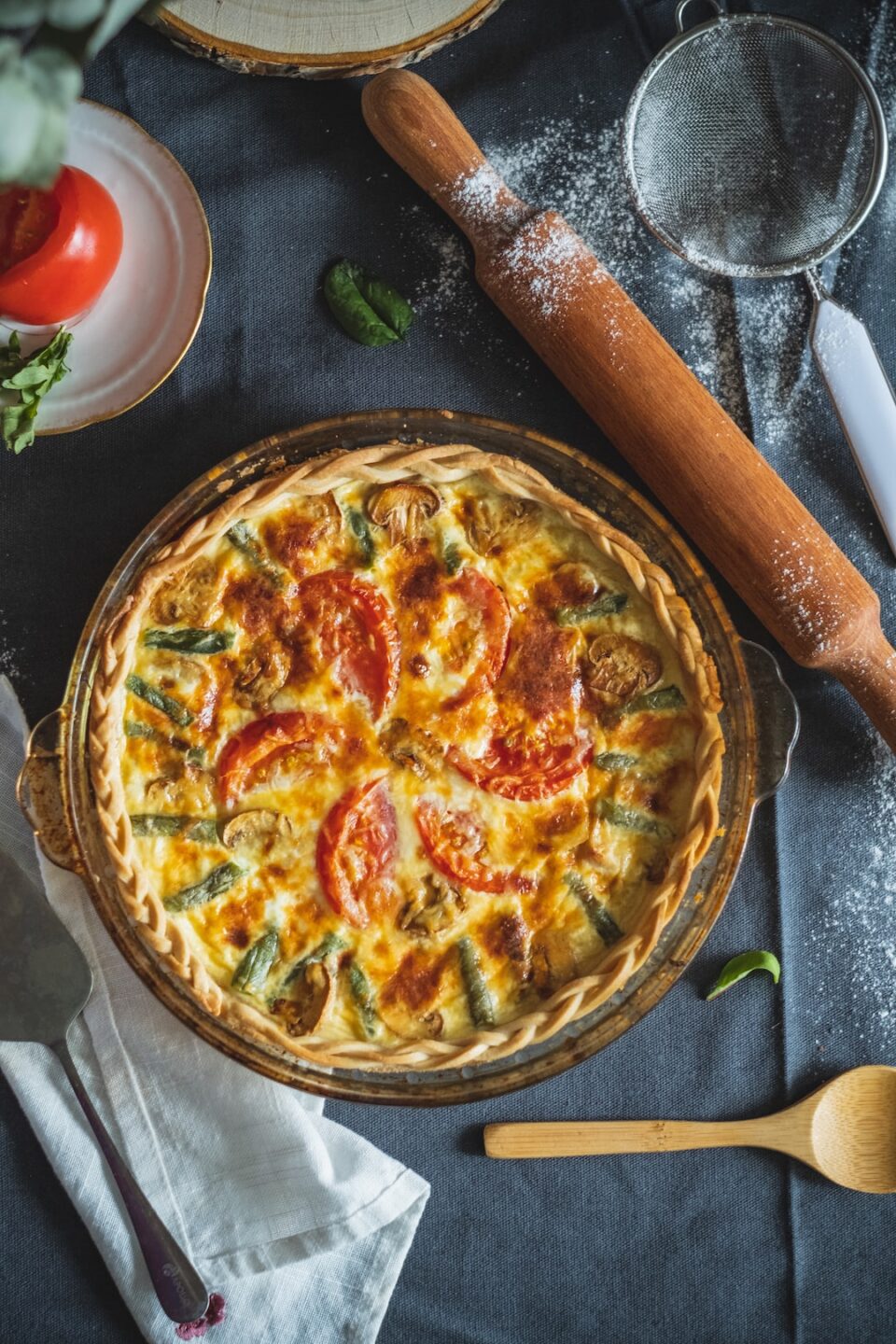The Art of Pairing Wine and Cheese: A Beginner’s Guide
Wine and cheese have been the perfect culinary companions for centuries. The way these two elements interact with each other on the palate can elevate the entire tasting experience. If you are new to the world of wine and cheese pairing, fear not. This beginner’s guide will equip you with the knowledge you need to create harmonious matches and impress your guests at your next gathering.
Understanding the Basics
Pairing wine and cheese is an art form that involves finding complementary flavors and textures. The goal is to create a balance where neither the wine nor the cheese overwhelms the other. While there are no strict rules, certain guidelines can help you make informed decisions.
Cheese Categories
To simplify your pairing journey, it’s helpful to start by categorizing cheeses into various types:
1. Fresh: These cheeses, such as mozzarella, ricotta, and feta, are mild and creamy.
2. Soft: Think of camembert, brie, and goat cheese. These cheeses have a soft and spreadable texture.
3. Semi-soft: Gouda, fontina, and havarti fall into this category. They have a supple texture and a slightly stronger flavor.
4. Firm: Cheddar, Parmesan, and gouda fall into this group. They are usually aged longer and have a more pronounced flavor.
5. Blue: This category includes cheeses like Roquefort, Gorgonzola, and Stilton. They are known for their distinct blue veins and tangy taste.
Considering Wine Factors
Now that you have a general idea about cheese categories, let’s explore the wine side of the equation:
1. White Wine: White wines possess a wide range of flavors, from crisp and acidic to fruity and oaky. Generally, lighter white wines like Sauvignon Blanc or Pinot Grigio pair well with fresh and soft cheeses. More full-bodied whites, such as Chardonnay or Viognier, can handle semi-soft and firm cheeses.
2. Red Wine: Red wines can be dry or fruity, with varying levels of tannins. Lighter reds like Pinot Noir match well with soft and semi-soft cheeses. Medium-bodied reds like Merlot or Cabernet Sauvignon go harmoniously with firm cheeses. Blue cheeses, due to their strong flavors, are best paired with sweeter, fortified wines like Port or Sauternes.
Finding Complementary Matches
Now that you understand the basics, it’s time to dive into the art of pairing. Consider these combinations to get started:
1. Pairing a Crisp White with Fresh Cheese: Try a Sauvignon Blanc with some creamy goat cheese or a light-bodied Pinot Grigio with a creamy mozzarella. The acidity in the wine will contrast with the mild cheese and create a refreshing overall taste.
2. Matching a Creamy Chardonnay with Soft Cheese: Explore the creaminess of a camembert or brie alongside an oaky Chardonnay. The rich texture of the cheese will meld beautifully with the buttery notes in the wine.
3. Bringing out the Best in a Bold Red with Firm Cheese: Opt for a robust Cabernet Sauvignon and pair it with aged cheddar or Pecorino Romano. The strong flavors in both the wine and cheese will complement each other, leaving a lasting impression.
4. Elevating Blue Cheese with a Sweet Wine: If you’re a fan of blue cheese, try pairing it with a sweet fortified wine like Port. The sweetness will help balance out the pungent flavors of the cheese, resulting in a unique and enjoyable taste.
Experimenting and Exploring
Remember, there are no true rights or wrongs when it comes to wine and cheese pairing. The best way to learn is through experimentation and exploration. Attend tastings, sample different wines and cheeses, and take notes on your favorite combinations. Each palate is unique, so trust your taste buds and enjoy the process of discovering your personal preferences.
Presentation Matters
Lastly, keep in mind that presentation is key when serving wine and cheese. Provide a variety of cheeses and wines to cater to different tastes. Label each selection to guide your guests and encourage them to try different pairings. Enhance the experience further by including accompaniments like crackers, fresh fruits, and nuts, which can bring out additional flavors and textures.
As you delve further into the world of wine and cheese pairing, your knowledge and confidence will grow. Remember to enjoy the journey, and most importantly, savor each sip and bite. Cheers to the art of pairing wine and cheese!

